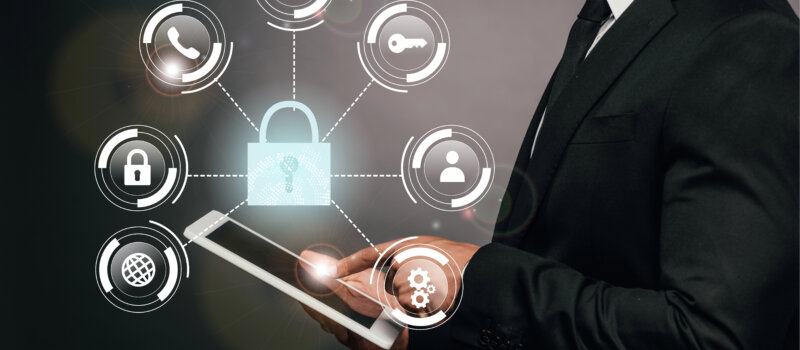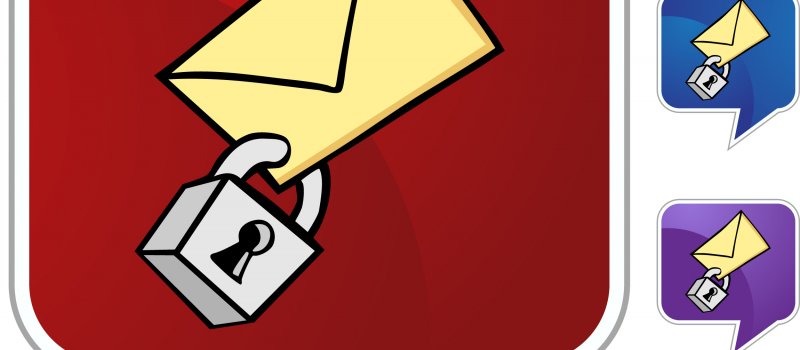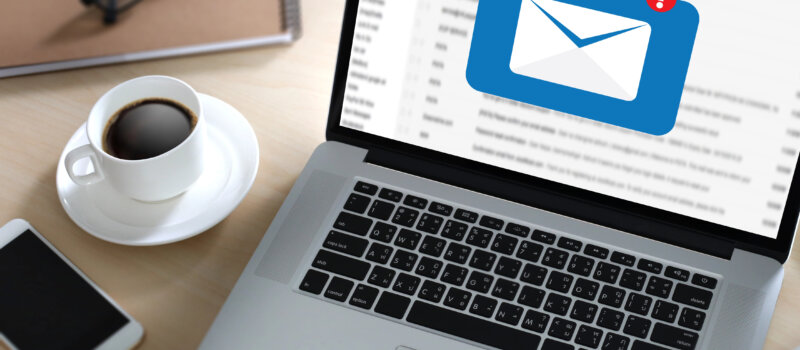Email remains one of the most common entry points for cyberattacks. Despite its familiarity, it often lacks the security needed to protect sensitive business information.
Understanding how to send secure email using your email service provider is essential. Whether you’re sharing confidential client data, financial reports, or internal communications, ensuring your messages are protected can help prevent breaches, meet compliance standards, and maintain trust.
This article explains what secure email really means, why it matters, the features to look for, and how to send one step-by-step—using the tools your provider likely already offers.
Quick Takeaways
- A secure email protects message content through encryption, authentication, and access control to prevent unauthorized access.
- Failing to secure email communication can lead to data breaches, compliance violations, and reputational harm.
- Most email providers offer essential tools like TLS encryption, 2FA, and access controls to help protect sensitive information.
- Sending a secure email involves using encryption, protecting attachments, reviewing access settings, and confirming delivery.
What Makes an Email “Secure”?
A secure email protects the content of your message from unauthorized access, tampering, and interception. It ensures that only the intended recipient can view or act on the information you’ve shared.
Several key elements contribute to email security:
- Encryption: Most email providers use Transport Layer Security (TLS) to encrypt messages in transit. Some offer end-to-end encryption, which protects data from the moment it leaves your device until it’s opened by the recipient.
- Authentication Protocols: Tools like SPF (Sender Policy Framework), DKIM (DomainKeys Identified Mail), and DMARC (Domain-based Message Authentication, Reporting, and Conformance) help confirm that your messages come from a trusted source.
- Access Controls: These include features like password-protected attachments, message expiration settings, and permissions that restrict forwarding or downloading.

When these elements are in place, your email becomes much more resistant to interception, spoofing, and unauthorized access.
Why Secure Email Is Critical for Business Communication
Unsecured emails expose businesses to serious risks—ranging from data theft to legal liability. A single exposed message can contain sensitive financial records, customer information, or login credentials that attackers can exploit.
Some of the most common threats include:
- Phishing and Spoofing: Attackers use fake messages to trick recipients into revealing personal or financial information.
- Man-in-the-Middle Attacks: Without proper encryption, hackers can intercept and read messages during transmission.
- Data Loss or Exposure: Sending sensitive information without security measures can result in leaks, especially if messages are misdirected or forwarded.
Beyond the technical risks, failing to secure email can result in noncompliance with regulations like HIPAA, GDPR, or industry-specific standards. This can lead to fines, loss of reputation, and erosion of customer trust.
Sending secure email is not just a precaution, but rather a requirement for responsible business communication.
Key Features to Look for in a Secure Email Setup
TLS and End-to-End Encryption
TLS (Transport Layer Security) encrypts messages while they travel between servers, preventing interception during transit. Some email providers also support end-to-end encryption, which ensures that only the sender and intended recipient can access the message content—even the email provider can’t read it.
Two-Factor Authentication (2FA)
Two-factor authentication adds a second layer of identity verification, typically through a code sent to your phone or an authenticator app. Even if someone gains access to your password, 2FA helps block unauthorized logins to your email account.

Password-Protected Attachments
With this feature, you can secure sensitive files by requiring a password to open them. This ensures that even if an email is misdirected or forwarded, unauthorized users won’t be able to access the attachments.
Message Expiration and Access Controls
Some email providers let you set an expiration date for messages or limit what recipients can do—like forwarding, copying, or downloading. These controls help maintain confidentiality, especially when sending time-sensitive or confidential information.
Email Recall
Email recall allows you to retract a message after it’s been sent, though its success depends on the recipient’s system and whether the message has been opened. It’s a useful safeguard for situations where you send information to the wrong person.
Spam Filtering and Malware Protection
Robust spam filters and built-in malware detection help prevent phishing emails and malicious attachments from reaching your inbox. These features also reduce the risk of you accidentally sending infected content to others.
Step-by-Step: How to Send a Secure Email Using Your Email Provider
Log In Securely
Start by making sure your email account is protected with a strong, unique password and two-factor authentication. This ensures that only authorized users can access your account before you even begin composing a message.
Enable Encryption
Most modern providers offer TLS by default, but some also let you turn on additional encryption options for specific messages. Look for settings related to end-to-end encryption or secure message portals within your email interface.
Compose with Care
Avoid placing any sensitive or personal information in the subject line, as it may not be encrypted. Keep confidential details within the message body and double-check the recipient’s address before sending.
Attach Files Securely
If you’re sending attachments, use built-in options for password protection or secure file-sharing links. Many email platforms also allow you to set permissions or expiration dates on shared documents.
Review Access Settings
Before sending, explore additional security settings your provider offers—such as restricting forwarding, enabling read receipts, or setting message expiration times. These tools help control how your email is accessed and shared.
Send and Confirm
Once your message is sent, confirm with the recipient that they received it and can open it without issues. If your provider offers delivery or read notifications, enable them for added peace of mind.
Send Secure Email with Confidence Today with Intermedia
Sending a secure email doesn’t require complicated tools—just the right features and a clear process. With built-in encryption, access controls, and best practices, your email provider can help protect your sensitive communications. Make secure messaging a standard part of your business operations.
Need a reliable provider that prioritizes security? Explore Intermedia’s secure email solutions to protect your business communications without adding complexity.
April 21, 2025
Explore other posts on these topics: Microsoft 365




